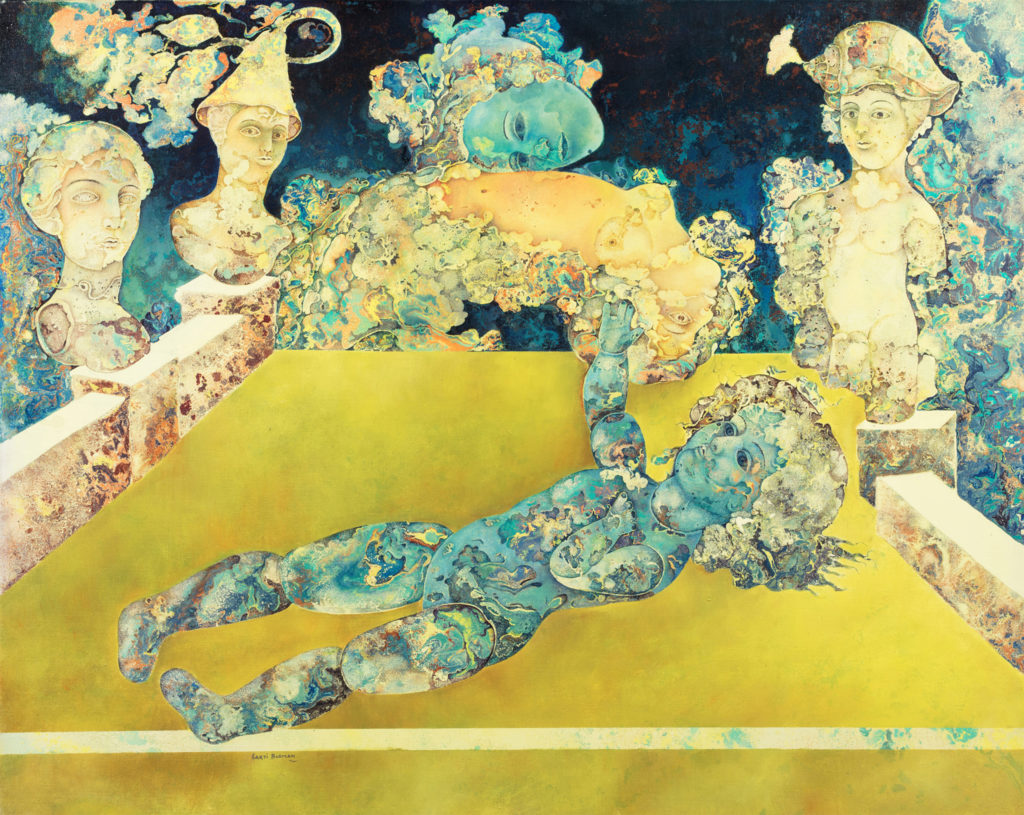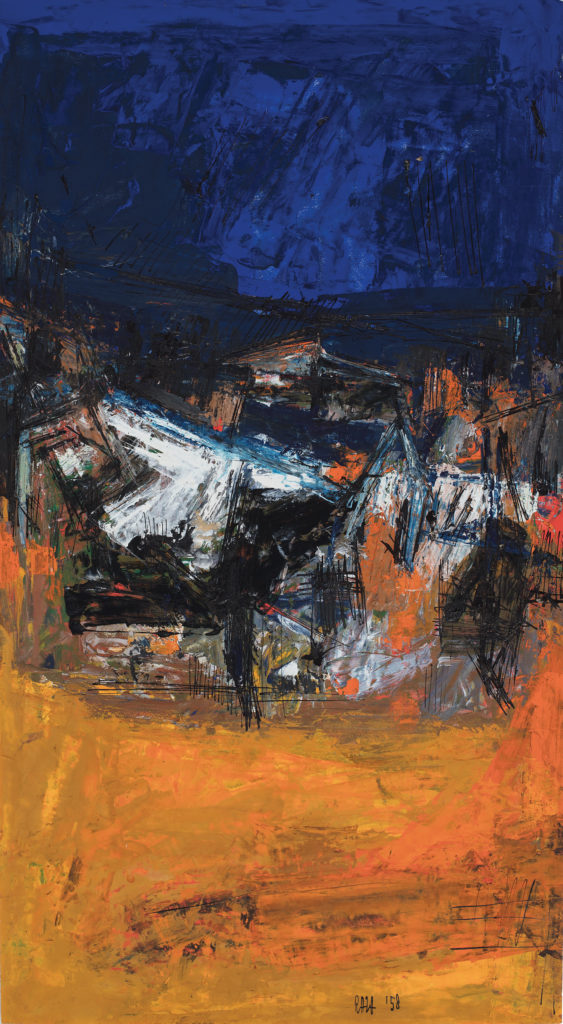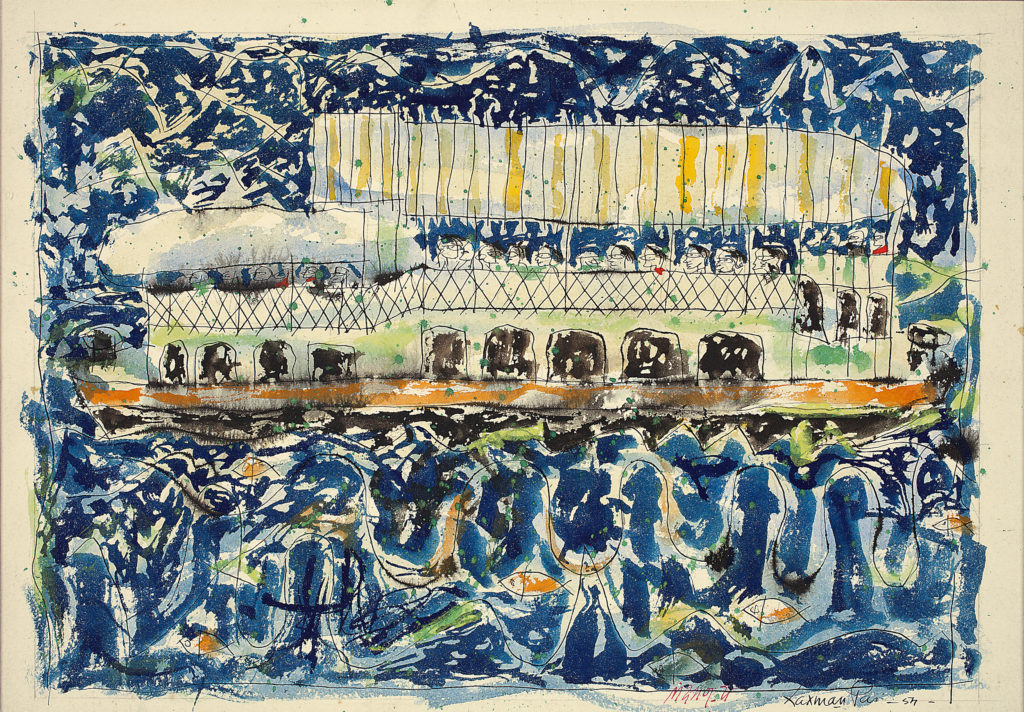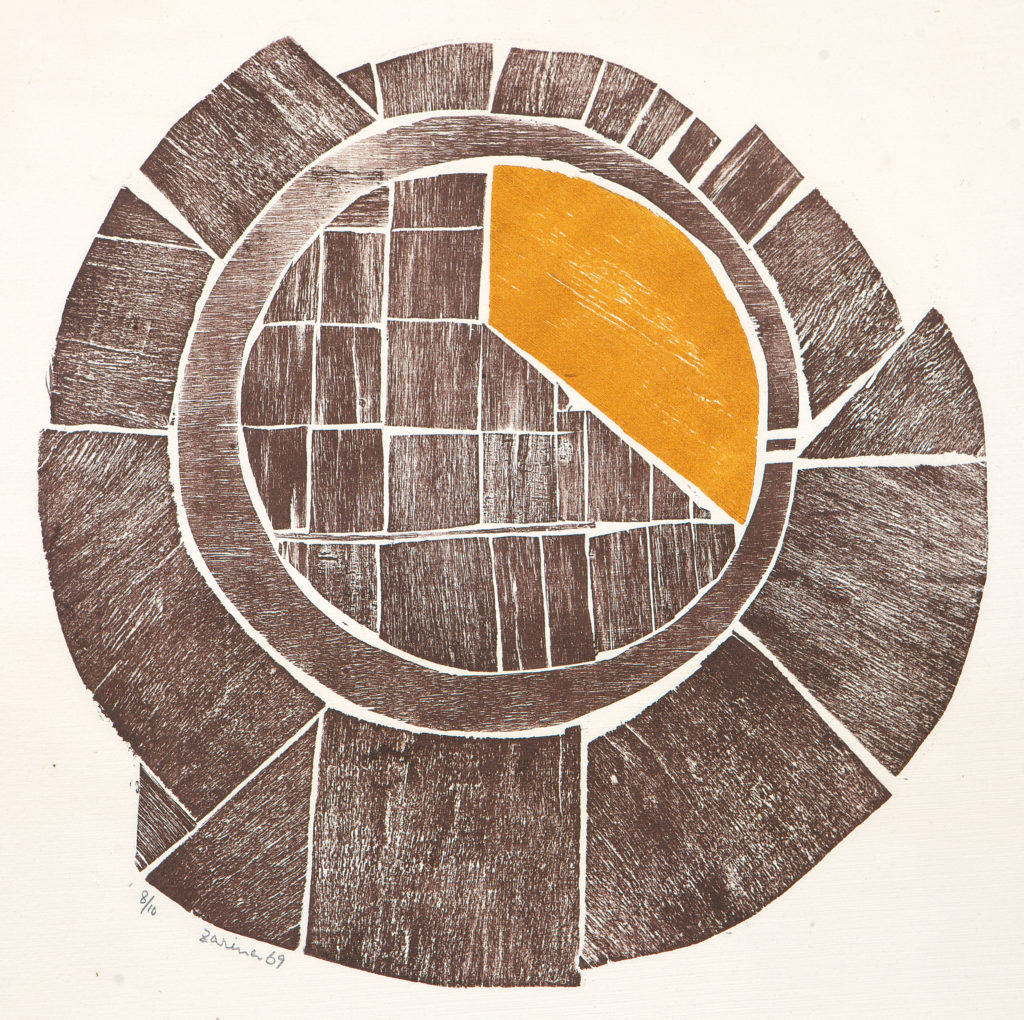A New Exhibition at DAG Charts the Ways in Which Paris Influenced Indian Artists in the 20th Century


Artnet Gallery Network

In the first half of the 20th century, Paris was the indisputable capital of the international art world—the place where modernism bloomed. Within the canonized art-historical narrative, it’s well-known that many American and European artists made pilgrimages to the city during this time. What’s less known, though, is the influence the city had on artists from other parts of the world, particularly those from India.
“India’s French Connection,” which opens this week at DAG’s New York outpost, charts the scope of this influence.
“If everyone gravitated towards Paris, it is because it had become the fulcrum from which great ideas were given wings,” Kishore Singh, DAG’s President and Head of Exhibitions and Publications, tells artnet News. “Its cafes were meeting points for intellectuals, its artists enjoyed freedom and patronage. These ripples were seen and experienced around the world. Naturally, the impact was felt in India, too, and among Indian artists who traveled to or lived and practiced in London and Paris, and other cities.”

S. H. Raza, Untitled (1958). Courtesy of DAG.
The show, first held at DAG’s New Delhi headquarters this spring, marked the Indian gallery’s 25th anniversary. You can see why it was an apt choice to celebrate such a milestone, since it brings together works by over 20 modernist Indian artists who lived or studied in Paris, thereby painting a broad picture of multiple generations of foundational art practices.
The lineup includes some big names, including S. H. Raza. One of the country’s most prominent artists of the 20th century, Raza lived in Paris with his French wife for 60 years before returning to his home country in 2010. (Raza passed away in 2016.) He’s represented in the exhibition through a number of abstract canvasses from the 1950s to the ’90s.
Also included are relief prints by minimalist Zarina Hashmi—who represented India in its first Venice Biennale in 2011, as well as a figurative 1974 painting by pioneering new media artist Nalini Malani. Rajendra Dhawan, another artist who spent most of his life in Paris, contributes a subtle color field work with shifting leather-brown hues, while 92-year-old painter Laxman Pai is represented by several busy, beautiful watercolors from the ’50s.

Laxman Pai, Boats (1954). Courtesy of DAG.
“Through art schools set up by the British, Indian artists learned of movements and changes taking place in art practices across Europe with the arc of influence centered around Paris,” says Singh. “It was here that Indian artists first saw the works of the masters in her museums, sought admission in her art schools, and looked for inspiration. It is a great story with an exciting history, even though it has remained unacknowledged at a greater level.”
While Paris was enjoying its time at the center of an artistic renaissance, India was fighting for Independence from Britain, which it finally secured in 1947. Indeed, much of the artwork in the show—especially the oldest pieces—is informed by a newfound sense of freedom and search for national identity. And even though France still occupied Indian territory until 1954, Singh notes that there wasn’t the same sense of anger towards the French as there was toward the British.
“There was a tension in artists’ thinking and practice in India at the start of the 20th century, but it was not nationality driven as much as a form of resistance to British imposition of European training in art,” he says. “There was no overt politicization in their works, or choice of themes, though there were artists whose sympathies lay with Marxist ideologies. If anything, Indian artists turned their back on Western training to be able to reclaim their own roots, but largely they remained in awe of the work done in Paris. This impacted their work even though they found their individual resolutions within the context of the work they were doing.”

Zarina Hashmi, Untitled (1969). Courtesy of DAG.
“India’s French Connection” is on view through March 1, 2018 at DAG’s New York location.